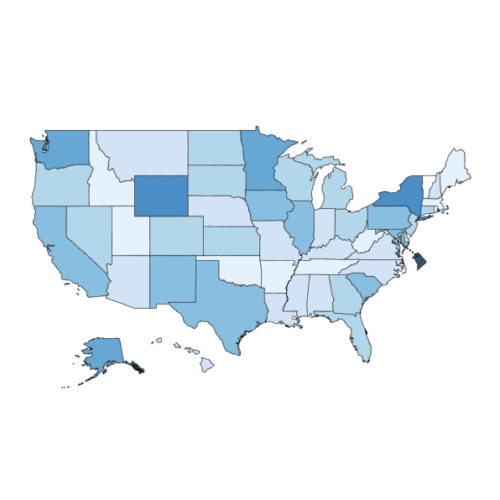Decision Tools for Schools using Continuous Indoor Air Quality Monitors: A Case Study of CO2 in Boston Public Schools
Beverly Ge, Koen Tieskens, Priam Vyas, Maria Pilar Botana Martinez, Yirong Yuan, Katherine H. Walsh, Lauren Main, Lauren Bolton, Masanao Yajima, Maria Patricia Fabian,
In this study, the authors demonstrate how comprehensive, real-time indoor air quality (IAQ) monitoring can guide school-level interventions and investments. Using carbon dioxide (CO₂) data from 3,659 commercial IAQ monitors installed in 125 Boston Public Schools (BPS) buildings during the 2022–2023 school year, they analyzed 245 million CO₂ measurements to identify patterns and trends in classroom air quality. The average school-day CO₂ concentration was 841 ppm (SD: 405 ppm), with daily peak levels reaching as high as 5,080 ppm. CO₂ levels varied greatly within and between schools, with lower and more stable levels seen in buildings with central mechanical ventilation systems. Working alongside BPS staff, the authors created visualizations to highlight high-exposure classrooms and aid operational decision-making. This partnership emphasizes the value of ongoing IAQ monitoring at the classroom level and underscores the importance of demand-controlled ventilation. The findings and approach are applicable to other school districts and provide a foundation for further research on IAQ, student health, and academic performance.
Topics
Format(s)
- Website



